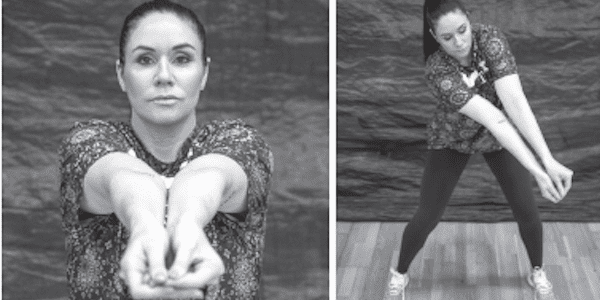
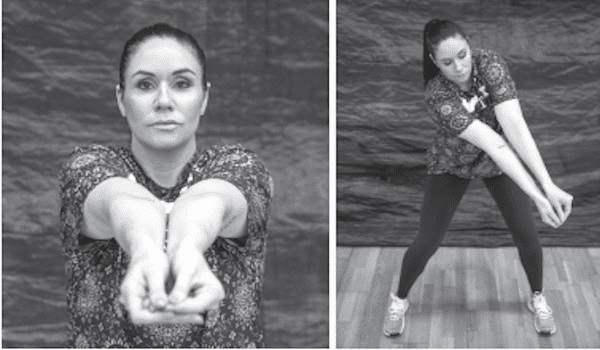
How to Perfect Connecting With The Middle in Volleyball
Uncategorized October 31, 2019 Lindsey Berg 0

Olympian Lindsey Berg Tells How to Perfect Connecting With The Middle as a Setter in Volleyball
Connecting with a middle attacker is one of the harder skills to perfect in volleyball. For the setter to put the ball in the right place every time with ease, the timing of the middle attacker needs to be consistent.
Unfortunately, it’s not realistic that middle attackers are going to be consistent with their timing and location.
If the pass is perfect, one could say that it’s easier for a taller setter to connect with a middle attacker since they will be at a similar height when the setter releases the ball to the hitter. But passes are rarely perfect, so height isn’t really a factor if the setter is good at the following:
_______________________________
GET CONNECTED:
Follow SportStars on Twitter & Instagram | Like us on Facebook | Subscribe!
_______________________________
- Seeing their middle hitter
- Understanding if their middle hitter is on time
- Knowing if their middle hitter is in the right place
- Knowing what the blocker on the other side of the net is doing
To do all of this well, you don’t need to be tall. However you do need good vision, good technique and quick feet.
Connecting With The Middle– Four things to work on:
1. Reading the pass. As a setter, you can get a head start on knowing where the pass is going to end up by reading the passer’s platform. First, get your eyes on the passer as quickly as possible and make sure you are facing where the ball is coming from.
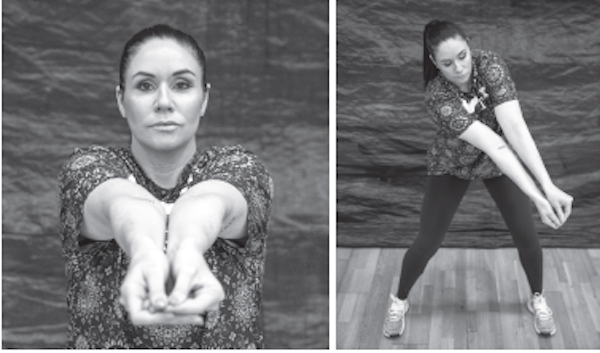
If the shoulders are back (left), the pass will likely be off the net. If the shoulders are pointed toward the net (right), the ball will likely be closer to the net.
Watching the passer’s shoulders and the platform contact on the ball can allow you to anticipate the direction and trajectory of the pass.
If shoulders are back and the platform is under the ball, the ball will likely go up and off the net. Conversely, if a passer’s shoulders are pointing toward the net and the platform is on the back of the ball, the pass will be a flatter trajectory and closer to the net.
From the setter position, the more you can watch your teammates pass, the better you will get at anticipating where the ball will go.
2. Quick footwork. If you can get to the ball quickly, you’ll have more opportunities to set your middle attacker, even if the pass is on the 10-foot line. Try all different kinds of footwork: two legs, one leg, jump set, on the ground, etc.
Be creative.
3. Keep your hands high (above your forehead) in most situations. It’s important to maintain a neutral setting position where you can set both forward or backward without having to make significant adjustments with your body to get the ball where you want it.
This also makes it harder for the opposing blocker to read where you are likely to set. As I got better, I sometimes dropped my hands to deceive blockers as well. As you get better, you may want to do this too. Lower hands make it harder for the opposing middle.
When you drop your hands to set, you are ultimately waiting longer to set the ball, which may make the blocker wait to move or read.
That often makes the blocker late to block your hitter. Changing the timing of when you set the ball (high, neutral, low) keeps the blocker unsure about when you will deliver the ball and therefore makes it more difficult for them to read and time their jump.
You’re In Good Hands
4. Having strong, fast wrists. Getting the ball out of your hands quickly is very important if the middle attacker is on time. If the middle attacker isn’t on time, work to a level where you’re able to hold the ball a little longer to wait for your middle attacker.
A good way to practice this is to start by catching the ball, making sure to have as many fingers around the ball as possible. The more contact with the ball, the more control and strength. Then toss to yourself and start to set the ball at different speeds with different tension or strength from your hands and wrists. An easy place to practice this on your own is against a wall.
Off The Wall

Lindsey Berg founder of “THE CUORE PROJECT”. An all-digital programming network featuring films, editorials, and podcasts with the mission to share stories and information to educate and inspire the next generation of female volleyball athletes.
This post is part of Lindsey Berg’s series, “Playing With a Chip on Your Shoulder“.
Lets put our heart into this together! Follow me
[bsa_pro_ad_space id=22]

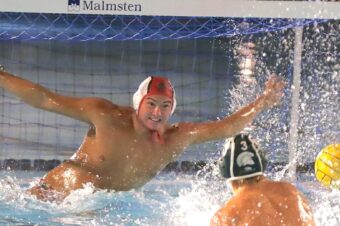

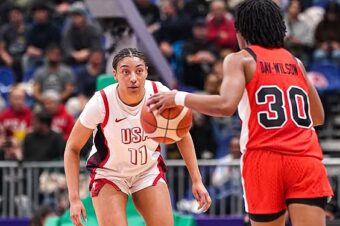
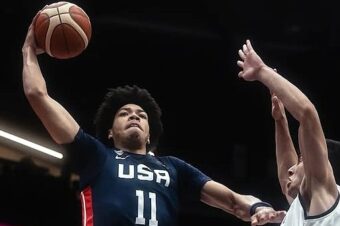
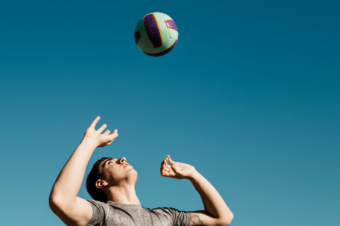
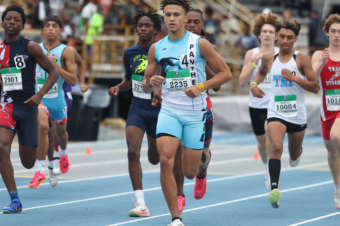

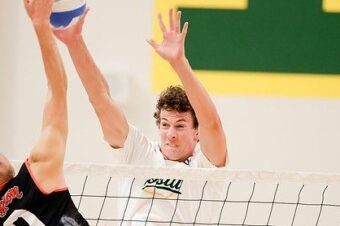
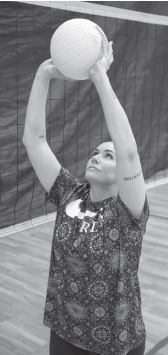
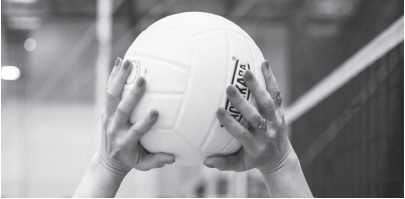
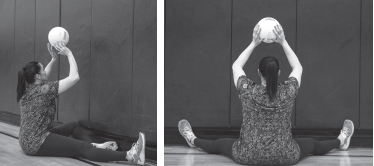
No comments so far.
Be first to leave comment below.